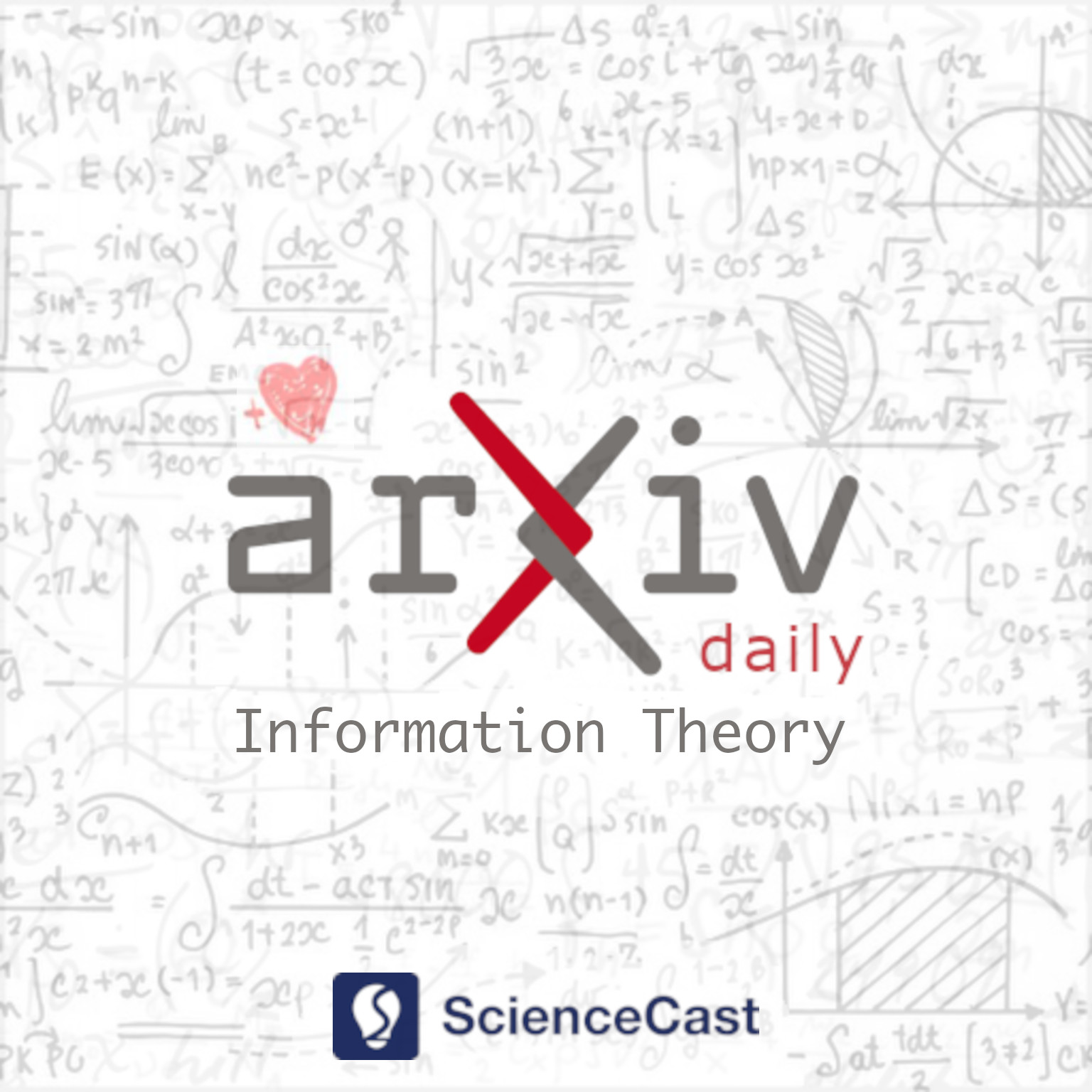
Information Theory (cs.IT)
Wed, 02 Aug 2023
1.Performance of Joint Symbol Level Precoding and RIS Phase Shift Design in the Finite Block Length Regime with Constellation Rotation
Authors:Progress Zivuku, Steven Kisseleff, Wallace A. Martins, Hayder Al-hraishawi, Symeon Chatzinotas, Björn Ottersten
Abstract: In this paper, we tackle the problem of joint symbol level precoding (SLP) and reconfigurable intelligent surface (RIS) phase shift design with constellation rotation in the finite block length regime. We aim to increase energy efficiency by minimizing the total transmit power while satisfying the quality of service constraints. The total power consumption can be significantly minimized through the exploitation of multiuser interference by symbol level precoding and by the intelligent manipulation of the propagation environment using reconfigurable intelligent surfaces. In addition, the constellation rotation per user contributes to energy efficiency by aligning the symbol phases of the users, thus improving the utilization of constructive interference. The formulated power minimization problem is non-convex and correspondingly difficult to solve directly. Hence, we employ an alternating optimization algorithm to tackle the joint optimization of SLP and RIS phase shift design. The optimal phase of each user's constellation rotation is obtained via an exhaustive search algorithm. Through Monte-Carlo simulation results, we demonstrate that the proposed solution yields substantial power minimization as compared to conventional SLP, zero forcing precoding with RIS as well as the benchmark schemes without RIS.
2.Path-integral approach to mutual information calculation for nonlinear communication channel with small second dispersion at large signal-to-noise power ratio
Authors:A. V. Reznichenko, V. O. Guba
Abstract: We consider the information fiber optical channel modeled by the nonlinear Schrodinger equation with additive Gaussian noise. Using path-integral approach and perturbation theory for the small dimensionless parameter of the second dispersion, we calculate the conditional probability density functional in the leading and next-to-leading order in the dimensionless second dispersion parameter associated with the input signal bandwidth. Taking into account specific filtering of the output signal by the output signal receiver, we calculate the mutual information in the leading and next-to-leading order in the dispersion parameter and in the leading order in the parameter signal-to-noise ratio (SNR). Further, we find the explicit expression for the mutual information in case of the modified Gaussian input signal distribution taking into account the limited frequency bandwidth of the input signal.
3.Towards Integrated Sensing and Communications for 6G: A Standardization Perspective
Authors:Aryan Kaushik, Rohit Singh, Shalanika Dayarathna, Rajitha Senanayake, Marco Di Renzo, Miguel Dajer, Hyoungju Ji, Younsun Kim, Vincenzo Sciancalepore, Alessio Zappone, Wonjae Shin
Abstract: The radio communication division of the International Telecommunication Union (ITU-R) has recently adopted Integrated Sensing and Communication (ISAC) among the key usage scenarios for IMT-2030/6G. ISAC is envisioned to play a vital role in the upcoming wireless generation standards. In this work, we bring together several paramount and innovative aspects of ISAC technology from a global 6G standardization perspective, including both industrial and academic progress. Specifically, this article provides 6G requirements and ISAC-enabled vision, including various aspects of 6G standardization, benefits of ISAC co-existence, and integration challenges. Moreover, we present key enabling technologies, including intelligent metasurface-aided ISAC, as well as Orthogonal Time Frequency Space (OTFS) waveform design and interference management for ISAC. Finally, future aspects are discussed to open various research opportunities and challenges on the ISAC technology towards 6G wireless communications.
4.A Spatially Coupled LDPC Coding Scheme with Scalable Decoders for Space Division Multiplexing
Authors:Haizheng Li, Laurent Schmalen
Abstract: In this paper, we study the application of spatially coupled LDPC codes with sub-block locality for space division multiplexing. We focus on the information exchange between the sub-blocks and compare decoding strategies with respect to the complexity, performance and the information flow.